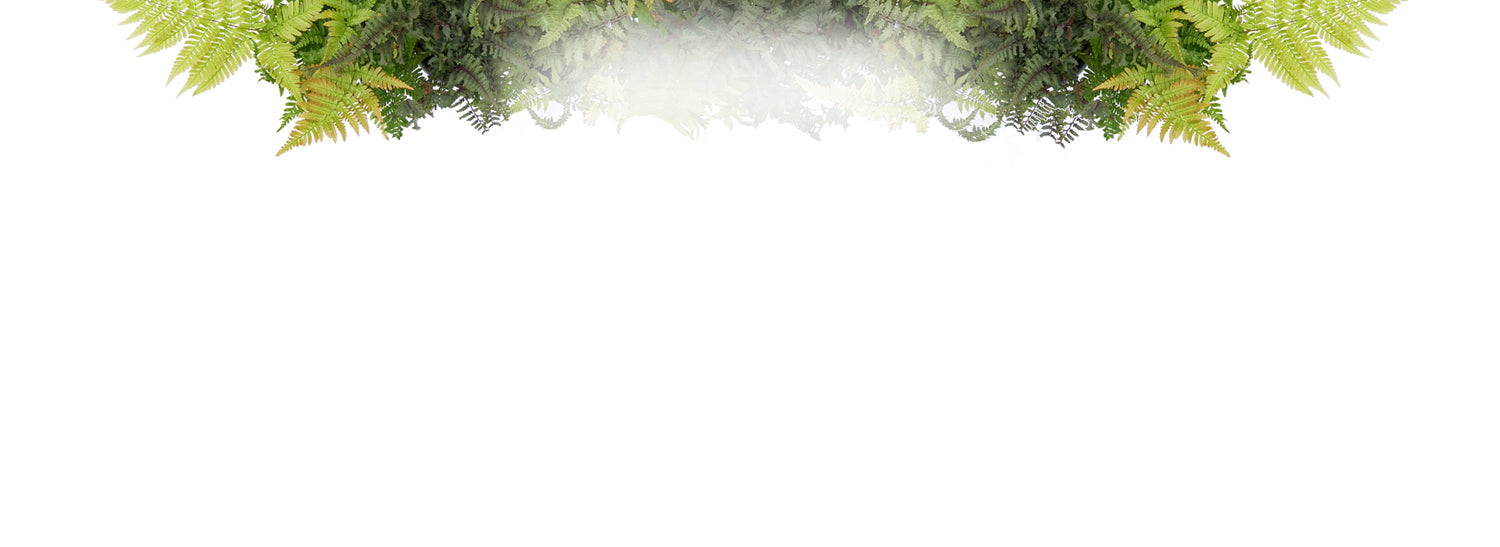Description
Plant spacing is based on the ultimate width of the plants. This figure is normally given as a range; for example, 3-5’. If you live in a cold climate and/or want plants to fill in more quickly, plan to space at the shorter end of the range. If you live in a warm climate, are on a limited budget, or are willing to wait longer for plants to touch, use the higher end of the range. Using the larger number is recommended when calculating distance from a building or structure. There’s really no such thing as "maximum spacing": if you don’t want your plants to touch, you can space them as far apart as you’d like. All plant spacing is calculated on center, or in other words, the centers of the plants are spaced one half of their eventual width apart:

Unless you are planting in a straight line, as you might for hedges or edging, space your plants in a staggered or zig-zag pattern for a more interesting and naturalistic look:

Hand-picked at our greenhouse
Shipped to your door
Arrives as young plant
The start of fall may signal the gardening season is coming to a close, but it’s not over yet! There is still plenty of time to enjoy colorful flowers and foliage or even sprinkle in some new perennials and shrubs before winter arrives.
When I opened the shipping box, the bottom was filled with dead leaves from my two shrubs. One plant has two remaining attached leaves. I hope it's enough to grow roots during this inaugural "sleep" year. Three weeks in the ground and no verdict yet.
Hello! We apologize that you received plants that are not up to our standards. While we try our best to provide exceptional service, some factors, like shipping and handling, are outside our control, and issues like this can sometimes happen. Please email pictures of the plants to claims@greatgardenplants.com, making sure to put your order number and name in the subject line so that we may provide the best assistance possible. Rest assured, we have a 60-day guarantee on all our plants. If you received your plants within that time frame, we would be happy to apply your warranty once we receive the pictures. Happy Gardening!
https://www.greatgardenplants.com/pages/our-guarantee
Great Gardens excellent to work with. Plants are thriving and the couple that weren’t were promptly replaced.
For what I was charged the plants were too small. I should have gone to a retail nursery and paid a bit more for a larger specimen.
I'm sorry you are not satisfied with your plants! We do note that all of our plants are young on each product page and on our plant sizes page (found here).
Rest assure you have 60 day warranty on all of your plants. Please email pictures of any plant in question to claims@greatgardenplants.com
We ordered the small shrubs to save money knowing it could be a few years before they grew to their expected size. They were packaged very nicely and are quite healthy. We planted right away after receiving them and are very pleased with how well they are doing.
Plants are doing great
We will notify you on events like Low stock, Restock, Price drop or general reminders so that you don’t miss the deal



